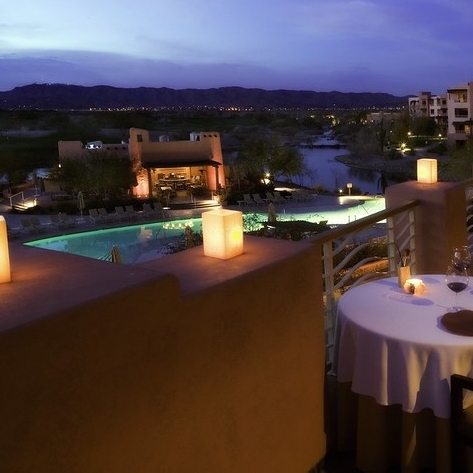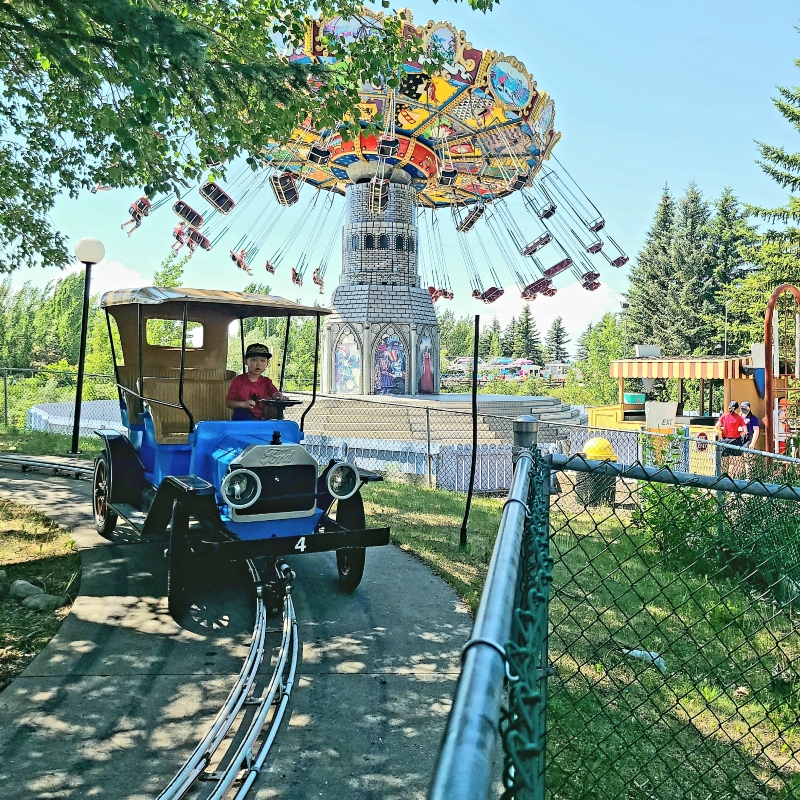A 42-day RV caravan experience through Baja California
Wintering in Mexico means beachfront camping, blue skies and whale watching

I remember my younger years filled with the experiences, silly antics and poor choices of youth. The excitement of winter as the snowcapped peaks worked their way into my childhood front yard. Snow caves, skiing, sledding and building crazy snowmen; these were the fond times of my childhood winters.
It wasn’t too long into my young adult life that those same winters brought worry and work. Winter experiences took on new meaning; chains, shovelling, studded tires, shovelling, splitting wood, shovelling, slippery walkways… and shovelling. I believe it was the latter of the two experiences that shaped my drive for warmer winter adventures that didn’t involve shovelling.
Relocating to a more moderate climate where needing a coat meant a medium windbreaker, I also knew that I wasn’t limited to experiences in California, Arizona or Texas. Please understand, I’ve lived and explored more geographic destinations that have favorable climates than not. Now it’s my time in life to choose where I spend my summers, winters and time in-between. After all, I’m an RVer. It seems perfectly clear my wife and I should be exploring and experiencing climates that appeal to us, and we should take our home-on-wheels along for the ride.
Like a few of my kind I am a bit frugal—not that I don’t want to spend money, but I sure do like to find a good value. Finding an array of good values has been my mission these last few years and it turns out that good values are in abundance south of the border in Mexico and beyond.
My wife and I are no strangers to travel and adapt pretty well to cultures that are different than ours, but there was some uncertainty in starting an adventure into Mexico. I didn’t want to spend my autumn months researching all of the possibilities, activities, destinations and campgrounds. My idea of a winter vacation was quickly turning into work. Having traveled with an RV caravan company to Alaska, we knew that we could trust the caravan company to show us around in Mexico and provide a complete program of activities, camping and experiences.
Our first winter in Mexico was spent along the length of Baja California. A 42-day caravan that started in sunny San Diego, California, and wound its way to the most southern tip in Cabo San Lucas was our introduction to Mexico. We met the caravan a couple days before rendezvous, where our vehicles were inspected and we visited the border to process some paperwork – nothing too complicated since Baja is one of the free zones that does not require special vehicle permits. The Adventure Caravans staff shuttled us back and forth to the border and helped with all of the paperwork, making it very easy.
Our entire route was well-conceived and promised to provide a complete range of climate and culture found along this desert peninsula. Travelling from the most northwest point and following the coast, we skirted the busy city of Tijuana and dropped into the beautiful western coast of tremendous homes and vistas. Our first overnight stop in Vicente Guererro, an easy day’s drive of less than 200 miles, was enjoyed with a traditional Mexican dinner, then a quick run to the grocery to see what was literally in store—finding some items that both delighted and surprised us.
Our next encounter proved to be the beginning of a series in exceptional experiences: camping along the spectacular shores of the Sea of Cortez where our beachside camping was remarkable. Restaurants and shops were just a short stroll away and the warm waters were welcoming for kayaking and fishing. A few days of relaxation and acclimation were fantastic. An opportunity to speak with locals (surprisingly easy considering we had limited knowledge of the Spanish language) and some of the freshest fish tacos and margaritas were everything we expected.
From here we headed inland through some desert ranges and wonderful displays of cactus, where we stayed in the quaint community of San Ignacio. Without question this was once a very charming community, with a wide, fertile valley filled with date palms and a spring-fed lake just outside of town.
Another beautiful drive along the narrow and sometimes steep roads of the peninsula brought us through the port town of Santa Rosalia and then just south of Rio Mulege (another amazing little village that is populated with several U.S. and Canadian citizens) we entered a wide beach area in a protected cove and spent four days exploring and enjoying this lovely area. Local vendors brought their goods to the beach and presented them for sale: some handcrafted, some fresh fish, fruit and vegetables and some manufactured items from the mainland as well. We felt very comfortable travelling with our new friends into the nearby towns and visiting with others along the beach too.
After beach camping we moved on to Loreto, a larger city with more amenities, shopping and dining establishments. The street tacos were fantastic here. On our route we stopped for purified water from a store that filled our fresh water tanks. The caravan company knew right where to direct us. There are many other things to do in Loreto including a visit to the cave paintings, fishing charters and golfing or tennis is just up the road in Nopolo, and we also heard about a kayak whale watching adventure.
There were a few days of short-distance driving that took longer than we had expected. Whether the winding switchbacks and narrow roads were slowing us down, or just so many great vistas, roadside shops and little towns to stop in along the way I just don’t know, but we were always grateful to arrive at camp to find our group of friends who were delighted to share stories from the day’s travel. At one stop, La Paz I believe, we took a city tour aboard an open top bus and stopped to see some of the local artists’ works. Here we spoke with a couple of the artists displaying their crafts, which really added to the value of our selections.
We eventually made it to the southern tip, just north of Cabo San Lucas. It was just a few minutes from some amazing beaches and an easy drive or taxi into downtown or north to San Jose del Cabo – less of a resort town, but well maintained, great shops, good food …even a French bakery. The caravan company had chartered an amazing catamaran boat ride around the tip of the peninsula where the Sea of Cortez meets the Pacific Ocean. We enjoyed the sea air, a beautiful sunset and all-inclusive cocktails as we sang and danced our evening away.
Most of us, anxious to return to camping along the beach, were thrilled to arrive in Playa Tecolote with neighbouring beaches to explore and fun activities along the dunes—even some optional boat trips from the shore.
Returning north along the peninsula was just as well-planned as our travels south. We had new points of interest to explore and see, and surprisingly we all were quite pleased to return to the shores of Santispac and its protected beach cove.
We had seen much that the Baja peninsula has to offer and were quite pleased with the selection and variety of activities, events and destinations along our route; but one of the most spectacular of events was the whale watching boat trip in Guerrero Negro. We travelled into the warm waters of Laguna Ojo de Liebre by small boats of about a dozen people per boat. In the distance, a few hundred yards away, we could see the mists of blow-hole spray and small arches and an occasional tail as a humpback took a dive. The captain of our boat smiled as he watched us all point at the whales in almost every direction of the horizons surrounding us. It was a sudden scream of joy that erupted from my fellow caravanners that caused me to look up from my camera to find a mother humpy and her newborn baby whale directly at the bow of the boat. The whales played with us, swimming about and even allowing us to reach out and touch them. One in our group actually kissed a whale that day and I couldn’t believe my eyes. Our captain had brought us into an area where the whales chose to come and visit us. This was an experience that will always be with me.
We continued north to Estero Beach to stay at a beautiful luxury RV resort before we caravanned through Tecate and returned to the United States. These 42 days began with a group of strangers, RVers from all over the United States and Canada, but we finished as friends, a family of travellers who continue to keep in contact, visit and travel together. Though my experiences have taken on tremendous change since my snowcapped days of youth, I don’t plan to stop exploring. I find caravan travel has met all of my expectations. It provides safe passage, a new level of enjoyment, incredible experiences … and when it came down to the bottom line, I wouldn’t do it any other way.








